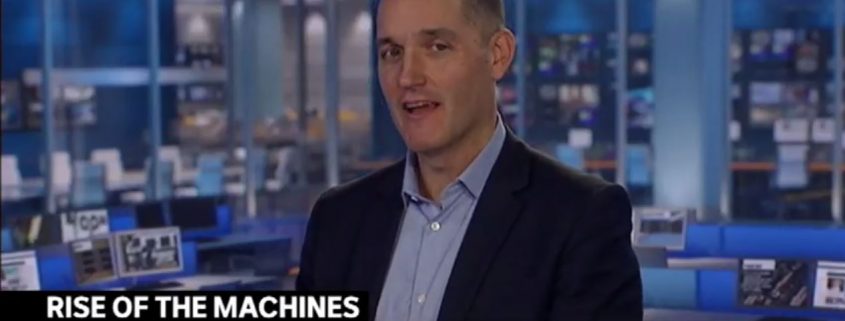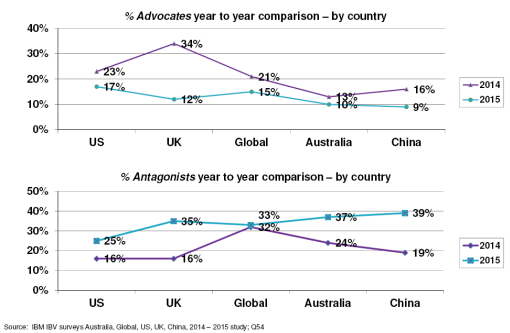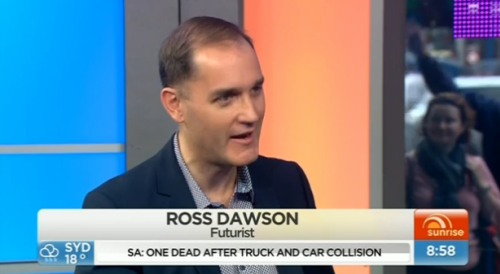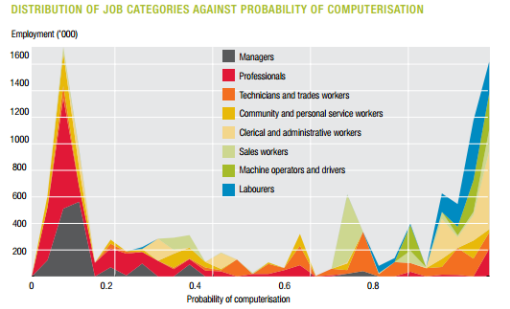Last week I visited Melbourne Spring Fashion Week as a guest of IBM and the City of Melbourne.
City of Melbourne’s over-arching vision for the annual Melbourne Spring Fashion Week is to position Melbourne as Australia’s premier fashion destination, and have a real economic impact by driving increased sales for retailers in the city.

In partnering with IBM for the second year the intention was to extend the impact of the event beyond the week and to drive ticket sales and in turn sales by tapping the social currency of influencers.
Melbourne Spring Fashion Week is unusual in fashion shows in that everything on the runways can be bought at stores in the city. This contrasts to the traditional role of fashion shows as breaking new fashion, which may not be available for many months after it is launched.
Melbourne Spring Fashion Week used IBM Social Media Analytics on Twitter and Instagram to uncover the top 50 relevant fashion influencers, used Watson Personality Insights to work out how best to approach them, and invited them to be MSFW “insiders”, asking them what content would be most useful to them.
Ticket sales have been considerably higher than last year, with 4 of the events sold out.
The initiative is particularly interesting in showing how social analytics and engagement can help drive shoppers into shopping centers and physical stores.
While individual stores can do a great deal to merge their digital, social and physical engagement, the real power comes in bringing people to a shopping center or area, or even an entire city center.
All shopping is becoming social. Retail strategies for merging physical and digital are best envisaged and implemented on a large scale, tapping collaboration and activating buyers.
Image credit: Eva Rinaldi
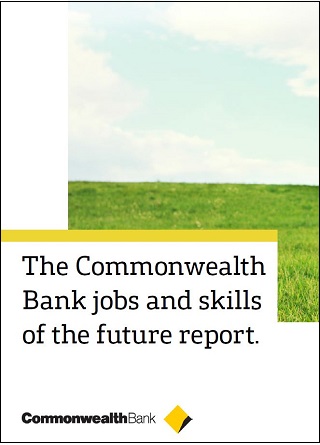 The future of work has been a central theme of my work for many years. Work sits at the very center of society, the economy, and our individual and collective identities. It may well be the domain that is most disrupted by technological and social change in coming years. And education is at the heart of how we can make these shifts as positive as possible.
The future of work has been a central theme of my work for many years. Work sits at the very center of society, the economy, and our individual and collective identities. It may well be the domain that is most disrupted by technological and social change in coming years. And education is at the heart of how we can make these shifts as positive as possible.

